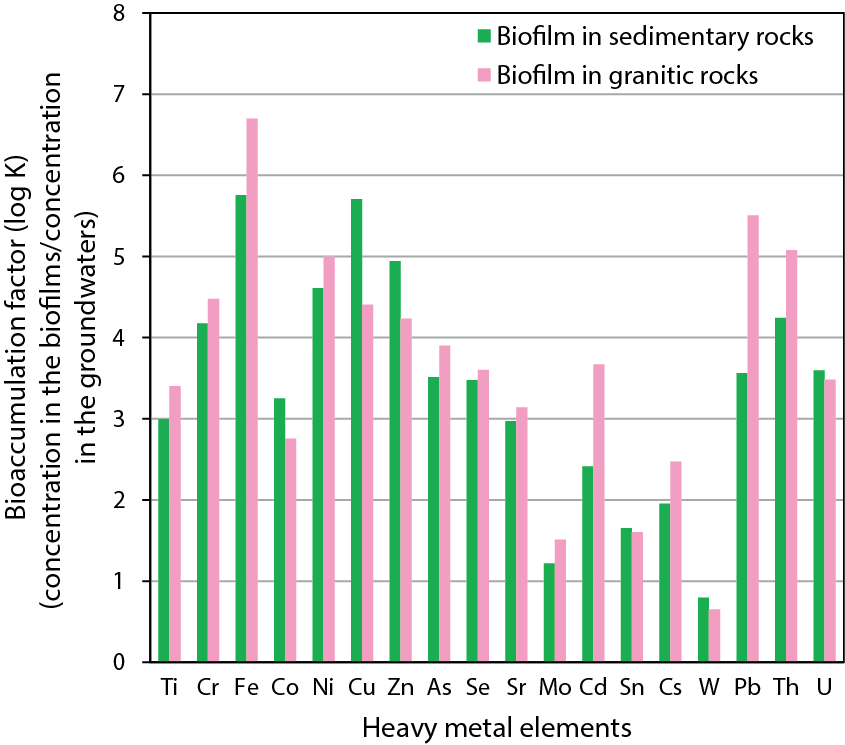
Fig.8-13 Field-emission scanning electron microscope micrograph of biofilms and energy-dispersive X-ray spectroscopic (EDS) analysis

Fig.8-14 Bioaccumulation factor for heavy metals in groundwaters and biofilms
Research has shown that microbial ecosystem in subsurface environments appear to be far more extensive and metabolically and phylogenetically complex. Planktonic and attached microorganisms are present in nature and attached microorganisms comprise diverse cells embedded within slimy extracellular polymeric substances, or biofilms. It is thought that microorganisms form biofilms in subsurface environments, but their existence, metabolic function, and interaction with metals in subsurface are not well known. In biofilm environments, heavy metals, including radionuclide pollutants, interact by a variety of mechanisms such as biosorption, bioaccumulation, biotransformation, biomineralization, precipitation, metabolic redox reactions, and production of complexing agents. To evaluate microbial effects in performance assessments of geological disposal sites, it is important to understand the interactions between biofilms and heavy metals, including the radioactive elements in subsurface environments.
In this study we characterized the geochemical and microbial structures of biofilm samples that formed in groundwater in the subsurface environment at the Tono Uranium Mine area, Japan. The biofilm samples were collected from the insides of teflon tubes that were used to sample anaerobic groundwaters in a borehole drilled in the Tono area of Japan, in order to understand their effects on the migration behavior of heavy metals in subsurface environments. Examination of the biofilms using a field-emission scanning electron microscope (FE-SEM) demonstrated that the presence of an organic matrix could be observed throughout their structures (Fig.8-13). Microbiomes of the derived biofilms, as well as those of the ambient bacterioplankton, were characterized based on DNA analysis, and their heavy metal sorption properties were examined with reference to the geochemical features of the groundwaters.
The results showed that the community structure lacked diversity in the biofilm samples in both sedimentary and granitic rocks. The predominant phylotype (78 % of the biofilm) in the biofilm library for sedimentary rock groundwater was closely related to Methylobacillus flagellatus (96.5 % similarity), classified as an obligate methylotroph. In the granitic groundwater, the most predominant phylotype (77 % of the granitic biofilm) was closely related to Ignavibacterium album, which is strictly anaerobic and grows fermentatively. Biofilms were also characterized with accumulation/sorption of heavy metals such as Cr, Fe, Ni, Cu, Zn, Pb, and Th. From the calculation of the bioaccumulation factor for the concentration of heavy metals, we found different sorption properties of each element and each groundwater sample between sedimentary rocks and granite (Fig.8-14). Saturation indices were calculated using the chemical composition and redox conditions. It was found the metal sorption properties varied between biofilms. Presumably, this occurred because of the influences of co-occurring Fe-hydroxides and sulfide minerals under the redox conditions in the subsurface environments.
The biofilm–mineral interaction provides an implication for the possible retardation of radionuclide migration in subsurface hydrology, which is of practical interest in geological disposal systems for high-level radioactive waste.